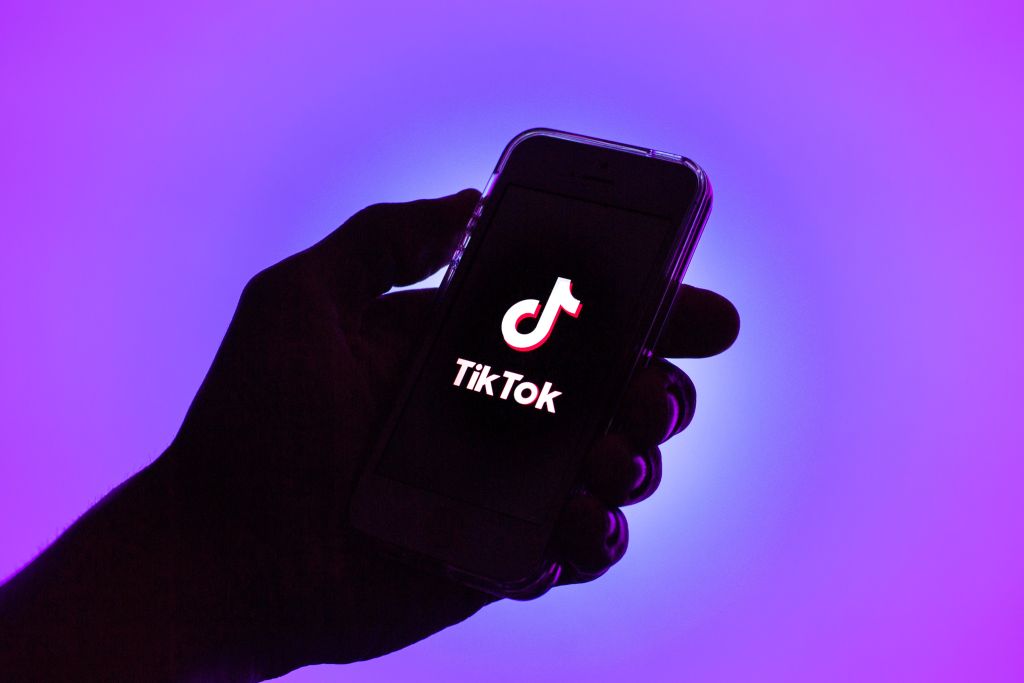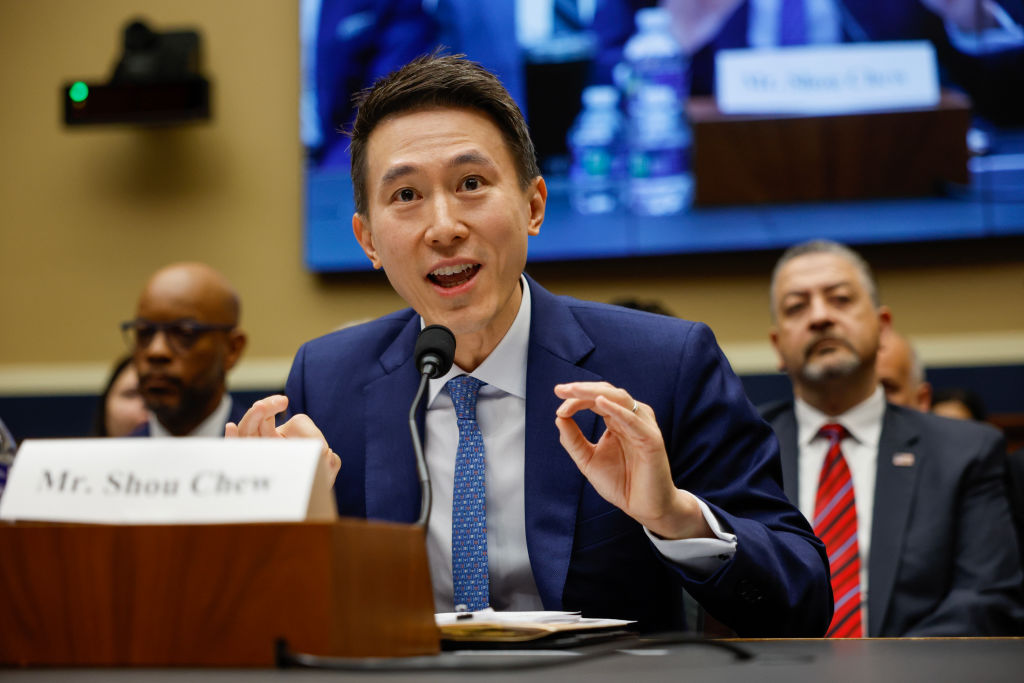Amusing ourselves to death

Forty years ago, in a seminal masterpiece titled Amusing Ourselves to Death, US author Neil Postman warned that we had entered a brave new world in which people were enslaved by television and other technology-driven entertainment. The threat of subjugation comes not from the oppressive arm of authoritarian regimes and concentration camps but from our own willing submission and surrender.
‘Big brother does not watch us, by his choice. We watch him, by ours’, Postman wrote in 1985.
There is no need for wardens or gates or Ministries of Truth. When a population becomes distracted by trivia, when cultural life is redefined as a perpetual round of entertainments, when serious public conversation becomes a form of baby-talk, when, in short, people become an audience and their public business a vaudeville act, then a nation finds itself at risk; culture-death is a clear possibility.
Postman’s insight would have been spot-on had he written this today about TikTok. Postman was mostly thinking about mass media with a commercial imperative. People would be enslaved to superficial consumerism. But add a technologically advanced authoritarian power with platforms that—unlike terrestrial TV—are essentially borderless and can reach around the globe, and you have George Orwell’s Big Brother put together with Aldous Huxley’s cultural and spiritual entropy.
Addictive digital entertainment can be corrosive even without a malign puppeteer. But with an entity such as the Chinese Communist Party fiddling the algorithms, it could be catastrophic.
Just in 2025, we have seen much of the Western world so spellbound by TikTok that the thought of living without it brought on the anguish normally reserved for the impact of conflict. ‘TikTok refugees’ became a description, as though they had been displaced like Jews fleeing Europe or Yazidis escaping Islamic State.
Postman noted that we were innately prepared to ‘resist a prison when the gates begin to close around us … But what if there are no cries of anguish to be heard? Who is prepared to take arms against a sea of amusements?’
The cries of anguish were depressingly muted as TikTok built up a following in Western countries that now means four in 10 Americans aged under 30 get their news from TikTok, according to a recent survey by the Pew Research Center.
When a ban was flagged, the cries came from those who couldn’t bear to give up the platform and from free speech absolutists who believed any rules amounted to government overreach. If our most popular radio stations had been based in Germany in the late 1930s, the Soviet Union during the Cold War or Syria during the ISIS caliphate, our leaders would have protected the public, regardless of popularity and notwithstanding that it would constitute government intervention in the so-called free market of ideas.
In fact, the market isn’t free because powerful actors can manipulate the information landscape.
Billionaire Elon Musk gives free-speech advocates a bad name by posting not just different opinions but promoting false content on issues such as Ukraine on his platform X. But more sinister is a platform such as TikTok, which is headquartered in authoritarian China and ultimately at the control of the CCP, with algorithms that have been demonstrated to manipulate audiences by privileging posts that serve Beijing’s strategic interests and downgrading content that does not.
Despite such threats, we have no clear framework to protect ourselves from powerful information platforms, including the newest generative artificial intelligence models such as DeepSeek, which will be increasingly available—and, thanks to their affordability, attractive—despite operating under Chinese government control. As a US court declared in upholding the congressional ban on TikTok, giving a foreign power a vector to shape and influence people’s thinking was a constraint on free speech, not an enabler of it.
Freedoms of speech and expression are core democratic principles but they need active protection. This means the involvement of governments.
US Vice-President JD Vance told the Munich Security Conference that Donald Trump represented a ‘new sheriff in town’ who would defend free speech and ‘will fight to defend your right to offer it in the public square, agree or disagree’. It was an admirable derivative of the quote attributed to Evelyn Beatrice Hall describing Voltaire’s principle of ‘I may not agree with what you say, but I will defend to the death your right to say it’. But just as we have regulators for financial and other markets, we need regulation of our information markets.
By all means, speech should be as free as possible. Awful mustn’t equal unlawful, to borrow Australian Security Intelligence Organisation boss Mike Burgess’ phrase. Speech that hurts the feelings of others or advocates unpopular views cannot be the threshold for censorship. Such lazy and faint-hearted policymaking creates only a more brittle society. But that doesn’t mean we should make ourselves fish in a barrel for malign foreign powers.
Anarchy is not freedom. Governments need to brave the minefield that is modern information technology. If a platform poses risks that cannot be avoided, as with TikTok, it should be banned.
Other platforms that sit within democratic nations’ jurisdictions should be subjected to risk mitigations such as content moderation to deter and punish criminal activity. X, Facebook, Instagram and YouTube can be used as avenues for information operations, as shown by Russia buying advertisements on Facebook or CCP-backed trolls posting on X and YouTube, or be used as vectors for organised crime. Even the most ardent free-speech advocates would agree that drug trafficking, child abuse or joining a terrorist group are illegal offline and therefore should be illegal online.
No marketplace remains free and fair when governments overregulate or abdicate responsibility.
The once-free markets of trade and investment have been eroded by China to such an extent that just this week Trump issued a foreign investment policy to protect US ‘critical technology, critical infrastructure, personal data, and other sensitive areas’ from ‘foreign adversaries such as the PRC’, including by making ‘foreign investment subject to appropriate security provisions’.
A key principle of the new presidential policy is that ‘investment at all costs is not always in the national interest’.
In other words, security measures and rules keep US critical infrastructure free.
While it has not yet gained much media attention, it is among the most important economic security policies ever taken to counter Beijing’s objective to ‘systematically direct and facilitate investment in United States companies and assets to obtain cutting-edge technologies, intellectual property and leverage in strategic industries’, and all of the US’s allies and democratic partners should publicly support it and implement it domestically.
We like to think that technologies are neutral mediums that are only vehicles for improvement. As Postman wrote, this belief often rises to the status of an ideology or faith.
‘All that is required to make it stick is a population that devoutly believes in the inevitability of progress’, he wrote. ‘And in this sense … history is moving us toward some preordained paradise and that technology is the force behind that movement.’
Science and technology have of course delivered extraordinary improvements to our health, our economic productivity, our access to information and our ability to connect with other people regardless of geography—provided we engage with it wisely. We must not become cynical about technology entirely, which is why we must maintain control over it and ensure it serves our interests.
The ultimate solution is knowledge and participation. As Postman concluded, the answer must be found in ‘how we watch’. With no discussion on how to use technology, there has been no ‘public understanding of what information is and how it gives direction to a culture’.
Postman wrote that ‘no medium is excessively dangerous if its users understand what its dangers are’. For that to happen, education was the ‘solution to all dangerous social problems’.
He insisted we were ‘in a race between education and disaster’.
To give education a fighting chance, especially against the predations of technologically capable authoritarian powers, democratic governments need to exert responsible and judicious regulation of technology to perform their most basic duty of protecting the freedom of their citizens.









